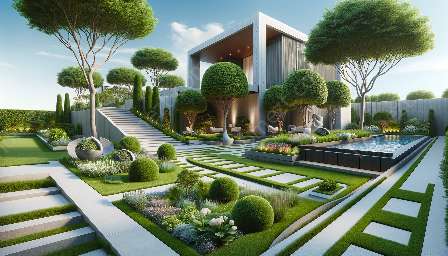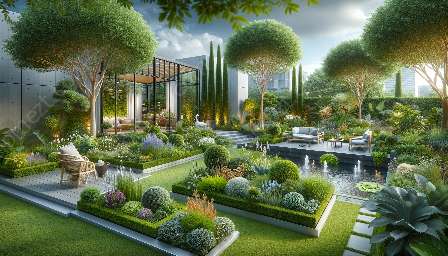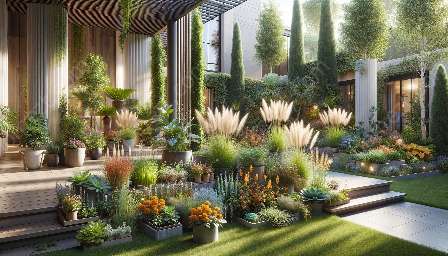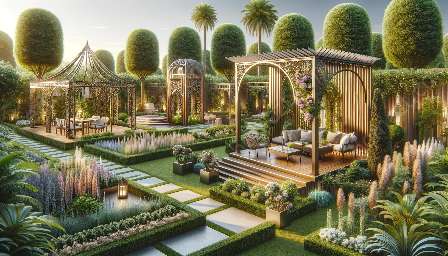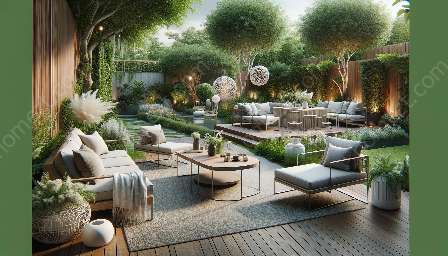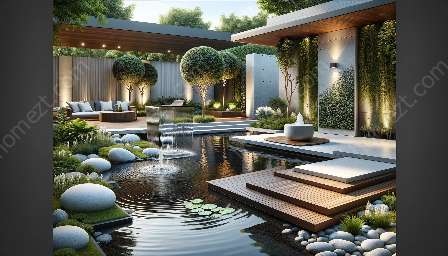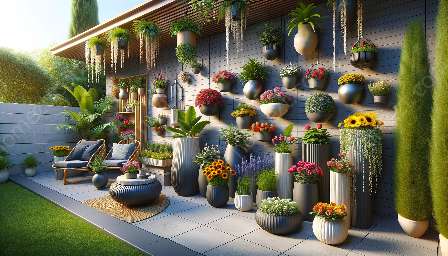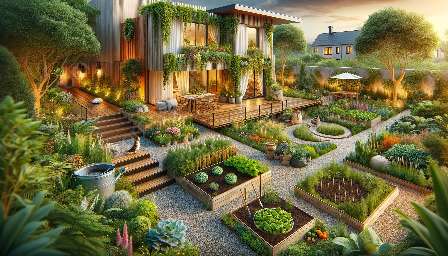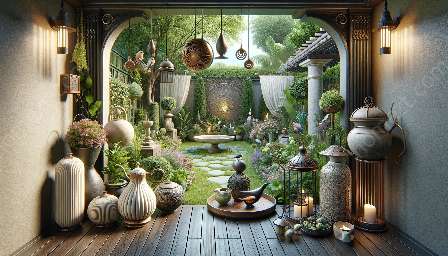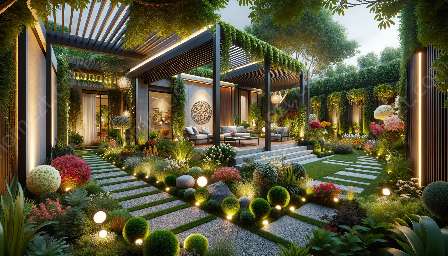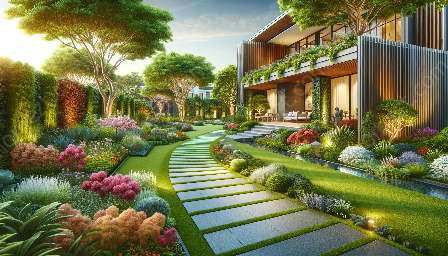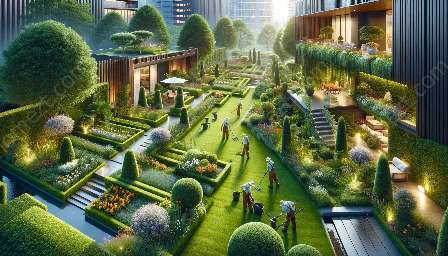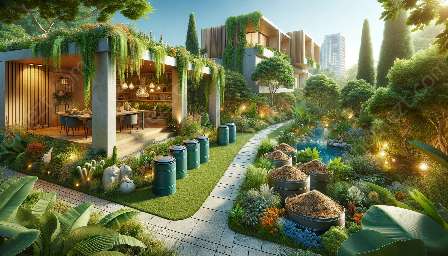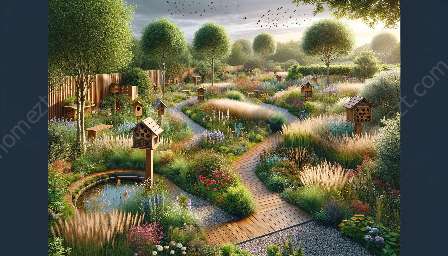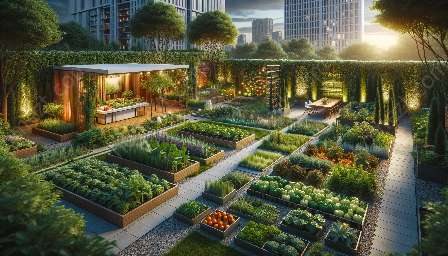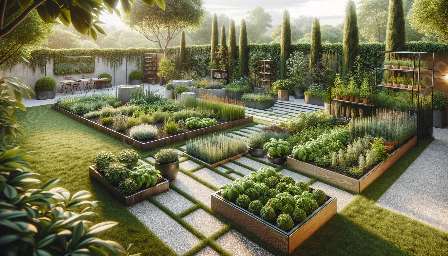Landscape architecture is a multidisciplinary field that combines art, science, and practical knowledge to design and create outdoor environments that are both functional and aesthetically pleasing. From the layout of gardens and outdoor spaces to the selection of plants and furnishings, landscape architecture encompasses a wide range of design elements to enhance the beauty and functionality of outdoor living areas.
Connecting Landscape Architecture with Garden Design
Landscape architecture goes hand in hand with garden design, as both focus on creating harmonious outdoor spaces that integrate natural and built elements. Garden design emphasizes the selection and arrangement of plants, hardscaping, and water features to create beautiful and functional gardens, while landscape architecture encompasses a broader scope, including the overall design and layout of outdoor environments, often integrating garden spaces into the larger landscape.
Integrating Home Furnishings with Landscape Design
Home furnishings play a crucial role in enhancing the outdoor living experience, and landscape architects often collaborate with interior designers to create seamless transitions between indoor and outdoor spaces. From choosing stylish and durable outdoor furniture to selecting lighting, textiles, and decorative accessories, the integration of home furnishings into landscape design adds an extra layer of sophistication and comfort to outdoor living areas, blurring the boundaries between the interior and exterior of a home.
The Elements of Landscape Architecture
Landscape architecture encompasses several key elements, including:
- Site Analysis and Planning: Landscape architects carefully assess the natural and built environment of a site to develop functional and visually appealing outdoor spaces. This includes considerations such as topography, climate, soil conditions, and existing vegetation.
- Planting Design: Selecting appropriate plants for a landscape is a vital aspect of landscape architecture. Designers consider factors such as color, texture, form, and seasonal interest to create stunning and sustainable plantings that complement the overall design.
- Hardscape Design: Elements such as pathways, patios, walls, and other built structures are essential components of landscape architecture. Hardscape design adds structure and visual interest to outdoor spaces, emphasizing the balance between soft and hard materials.
- Sustainability and Environmental Considerations: Landscape architects prioritize sustainability and environmental stewardship, incorporating principles of conservation, water management, and ecological balance into their designs to create resilient and environmentally responsible landscapes.
The Art of Garden Design
Garden design is a specialized area within landscape architecture that focuses on creating inviting and functional garden spaces. Key considerations of garden design include:
- Plant Selection and Arrangement: Garden designers carefully curate plant palettes and arrange them to create visual interest, texture, and seasonal variation within the garden.
- Outdoor Living Spaces: Integrating outdoor living areas such as seating areas, dining spaces, and entertainment areas into the garden design enhances the usability and enjoyment of the outdoor space.
- Water Features and Garden Structures: From tranquil water features to garden structures like pergolas and trellises, these elements add character and charm to the garden while providing functional and aesthetic benefits.
- Furniture Selection: Choosing outdoor furniture that is comfortable, durable, and visually appealing is essential for creating inviting and comfortable outdoor living areas.
- Lighting and Accessories: Incorporating outdoor lighting, textiles, and decorative accents adds personality and ambiance to outdoor spaces, creating inviting and stylish environments for relaxation and entertainment.
- Seamless Transitions: Blurring the lines between indoor and outdoor living, integrating home furnishings with landscape design ensures a cohesive and harmonious transition between interior and exterior spaces, allowing for a seamless flow between the two.
Enhancing Outdoor Spaces with Home Furnishings
Home furnishings elevate the outdoor experience by offering comfort, style, and functionality. Some key considerations for integrating home furnishings into landscape design include:
Inspiring Outdoor Living
By embracing the principles of landscape architecture, garden design, and home furnishings, you can create breathtaking outdoor environments that reflect your personal style and enhance your quality of life. Whether it's designing a serene garden retreat, crafting an inviting outdoor entertainment area, or creating a sustainable and vibrant landscape, the possibilities are endless when blending the art of landscape architecture with garden design and home furnishings.

